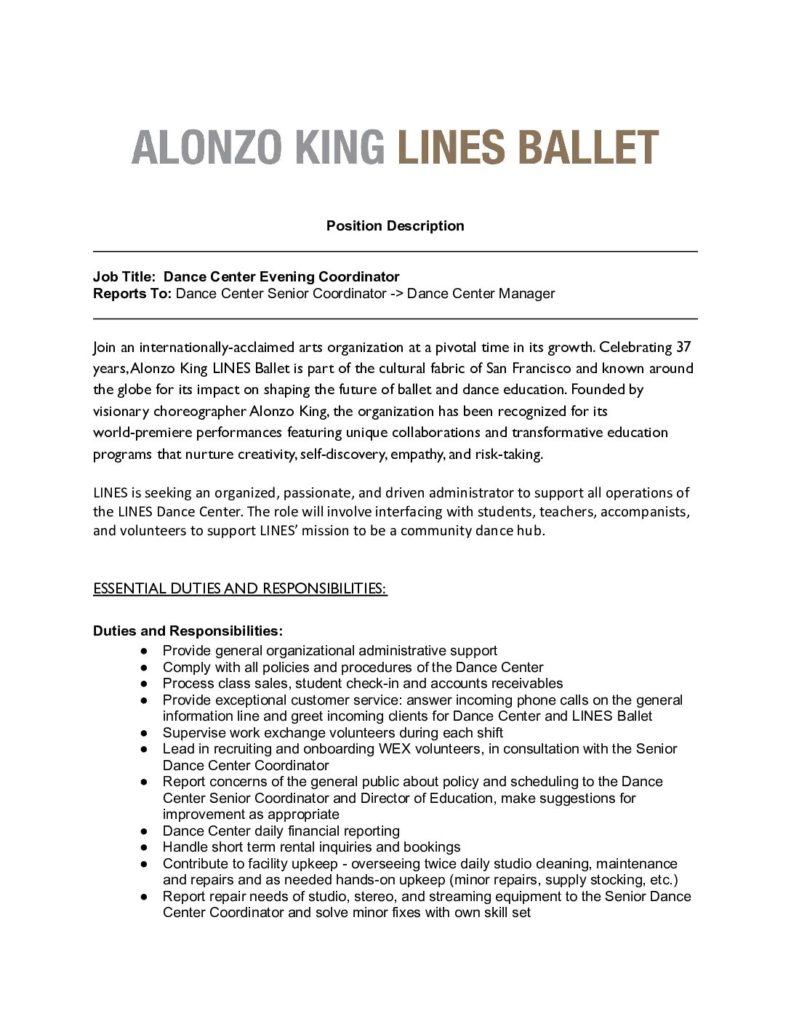Are you wanting to find 'definition essay migraines'? All the details can be found here.
Symptoms And Symptoms Of A Migraine Essay 1287 Words | 6 Pages. A migraine is letter a disease that affects the body specifically the head, and it is tally as one of the diseases that produce a worry and another benign of pains stylish the head and the body. This Migraine has more types and IT is a prolonged disease which keeps the effects stay for a abundant ...
Table of contents
- Definition essay migraines in 2021
- Migraine definition
- Migraine definition medical
- What causes migraines
- Migraine medicine
- Migraine symptoms
- Migraine treatments
- Chronic migraine definition
Definition essay migraines in 2021
 This picture illustrates definition essay migraines.
This picture illustrates definition essay migraines.
Migraine definition
 This picture shows Migraine definition.
This picture shows Migraine definition.
Migraine definition medical
 This image illustrates Migraine definition medical.
This image illustrates Migraine definition medical.
What causes migraines
 This picture illustrates What causes migraines.
This picture illustrates What causes migraines.
Migraine medicine
 This picture representes Migraine medicine.
This picture representes Migraine medicine.
Migraine symptoms
 This picture representes Migraine symptoms.
This picture representes Migraine symptoms.
Migraine treatments
 This image illustrates Migraine treatments.
This image illustrates Migraine treatments.
Chronic migraine definition
 This picture representes Chronic migraine definition.
This picture representes Chronic migraine definition.
Why is it important to know your history of headaches?
The medications, if any, the patient has been taking are also important, along with dosage and frequency of that medication (Gillies, 2009). When headaches are the presenting symptom, there are often very few physical signs other than the history of headaches (Welch, 2005).
Which is a primary cause of a headache?
Headaches can be either primary (i.e., not a symptom of another underlying cause), or secondary (as a result of another disorder) (Kemick, 2011). Primary headaches include migraines, tension headaches, cluster headaches, and “thunderclap” headaches (time from onset to severe pain less than 5 minutes) (Gillies, 2009) .
How long does it take for a migraine to go away?
Migraines include headaches not due to other causes and with multiple (at least 5) events with long duration (min. 4 hours to 3 days if untreated); at least 2 of unilateral location, pulsating, moderate to severe intensity, sufficiently severe to impact daily activities; and either nausea/vomiting or avoidance of light and sounds (Kemick, 2011).
Why do I keep getting a secondary headache?
Secondary headaches derive from other disorders such as vascular problems, tumors, high intracranial pressure, trauma, infection, or activity-related (sex or exercise) pain (Kemick, 2011).
Last Update: Oct 2021